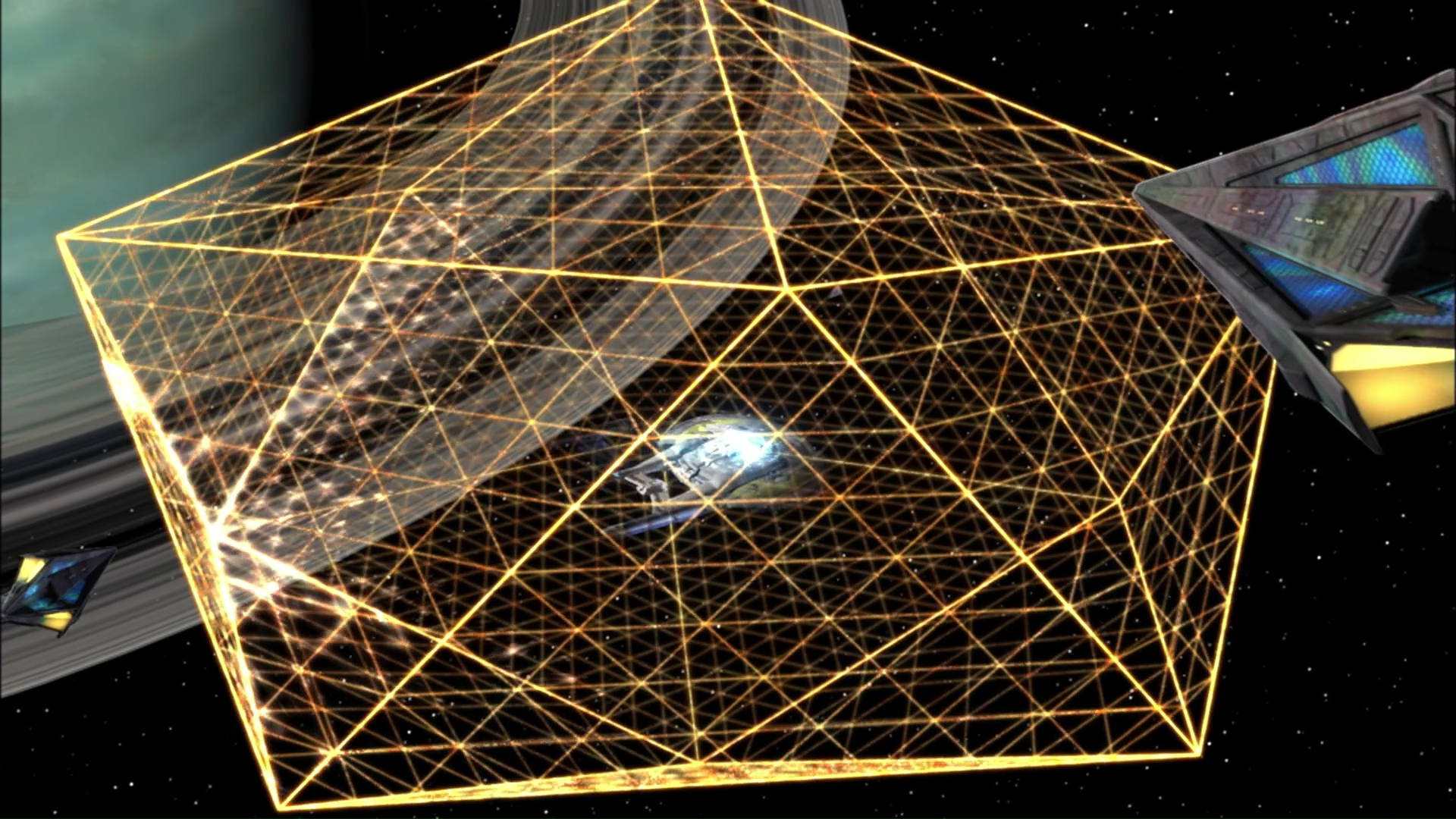Background
For a while now, I'd been following the growing interest in 3D printers. If you're unfamiliar with them, see my Pearltree on the topic - a shared collection of links to web pages where you can read more about the topic. Short version: A 3D printer is a device that typically extrudes some material (e.g. melted plastic) under computerized control of the position of the nozzle to create a specified object on a platform in a box.
Prototype of a planned 3D-printing spiderbot for construction of buildings on earth. Image borrowed without formal permission from this site.
3D-Printers in Space
From time to time I've read mention of NASA being interested in using 3D printing in space to create replacement parts instead of having to wait for delivery. The FEDEX delivery truck doesn't come by the International Space Station very often. So, I thought, that's interesting. I wonder to what unintended extent the commercial 3D printers depend on gravity. I haven't thought it through, but won't be surprised if it turns out some engineering revisions are needed before a 3D printer designed to work on earth will work properly in a zero-gravity environment. If nothing else, the absence of natural air convection with hot air rising and cold air descending, perhaps will require the addition of forced air cooling to the 3D-printer to be used in space (assuming the printer will reside in a pressurized area where there is air). Cooling times for materials extruded in the vacuum of the great outdoors of space are a whole other thing that needs to be thought through.
And then today I came across this article from the Verge web site, reporting on some plans by NASA to "3D Print" large structures in space. Plenty more questions than answers at this point, but it is clear that I have been guilty of literally confining my thinking about 3D-printing in space to literally be inside the box. The job of the box of a 3D-printer is mostly to support the print mechanism and to provide a frame of reference within which the printer head will move. But in space, with zero gravity, you don't need anything to hold up the printing mechanism. Perhaps a finely adjusted GPS mechanism and laser range-finder can be used to guide positioning of the extruder, and small thrusters can move the extruder from point to point. Once you've literally gotten out of the box, you can think about 3-D printing really large objects, such as rigid beams to hold together gigantic solar arrays - Objects far larger than you'd likely be able to consider launching into space preassembled from the ground.
Seems to me that the hard part is still going to be getting the raw materials (and thruster fuel) into space. Perhaps really large structures fabricated in space will depend upon the hypothetical space elevator to lift materials to orbit for relatively low cost. Of course, if you can lift relatively large things to orbit, an engineering alternative would be to lift prefabricated sections to orbit and then have construction robots that assemble the pieces into the desired large rigid beam structures. Of course, if you can figure out how to 3D-print the desired structures without needing material from earth that might tip things in favor of space-based 3D-printers, but I'm not at all sure how you'd go about fabricating anything from moon dust or the materials of asteroids.
Acknowledgement
Thanks and a tip of the hat to Nuno Cravino for sharing the link to the Verge article on the Google+ STEM Community. It is always good to see reminders from time to time of the importance of thinking outside the box.
While contemplating the illustration on The Verge article, I remembered there was an old episode of Star-Trek where the Enterprise was trapped in a web-like structure. I'm pretty sure the web was made of energy beams, not solid extruded materials.
Thanks to the Internet's excellent reference sites about Star-Trek, all I needed was a Google Search for:
star trek enterprise caught in a web
to find that was Season 3 Episode 9, 1968's episode "The Tholian Web".
Image borrowed from Memory Alpha.org, the Star Trek Wiki.
imdb.com says there was an actual on-screen mention of the Tholian web in an episode of Futurama.






No comments :
Post a Comment